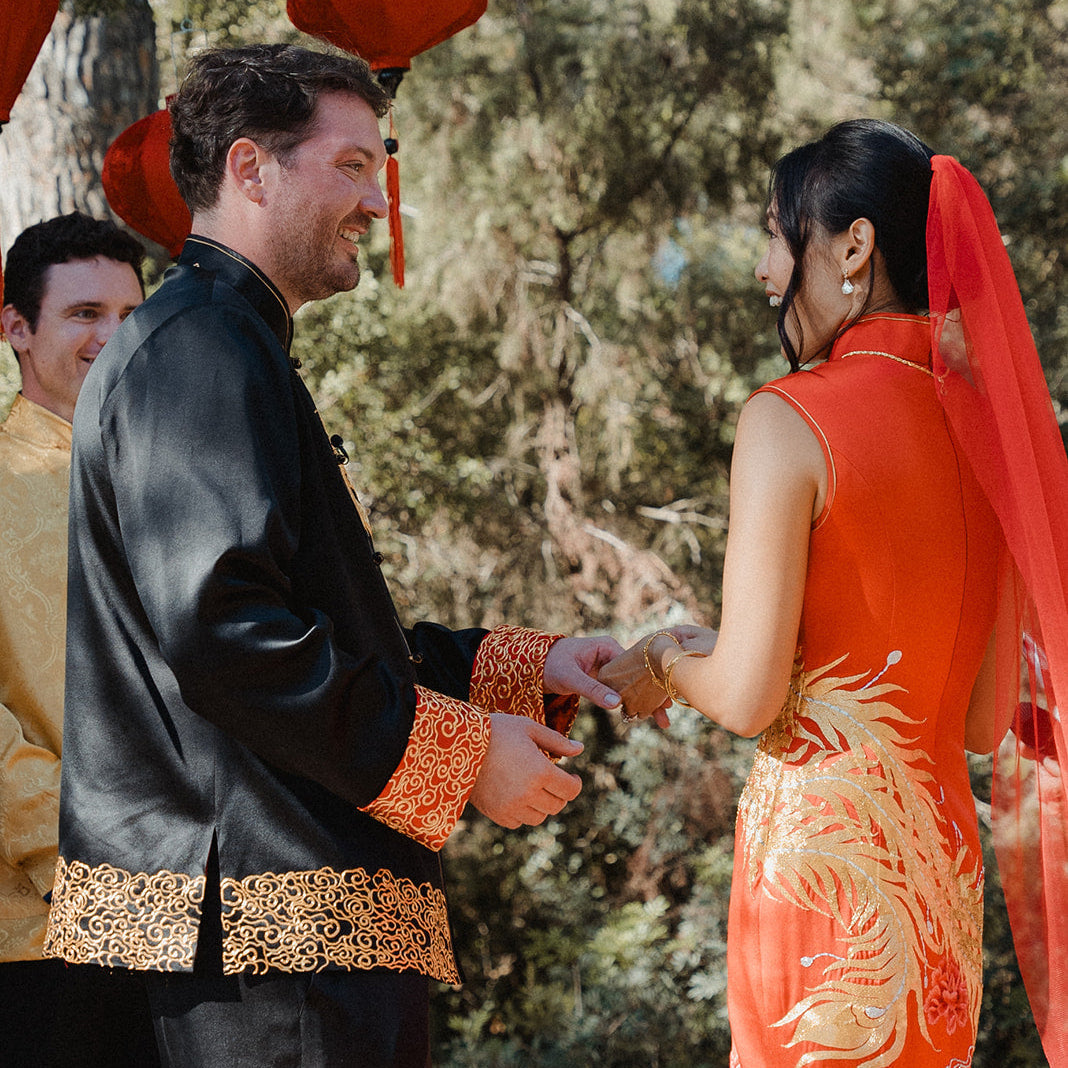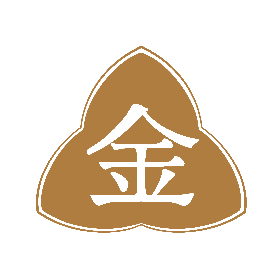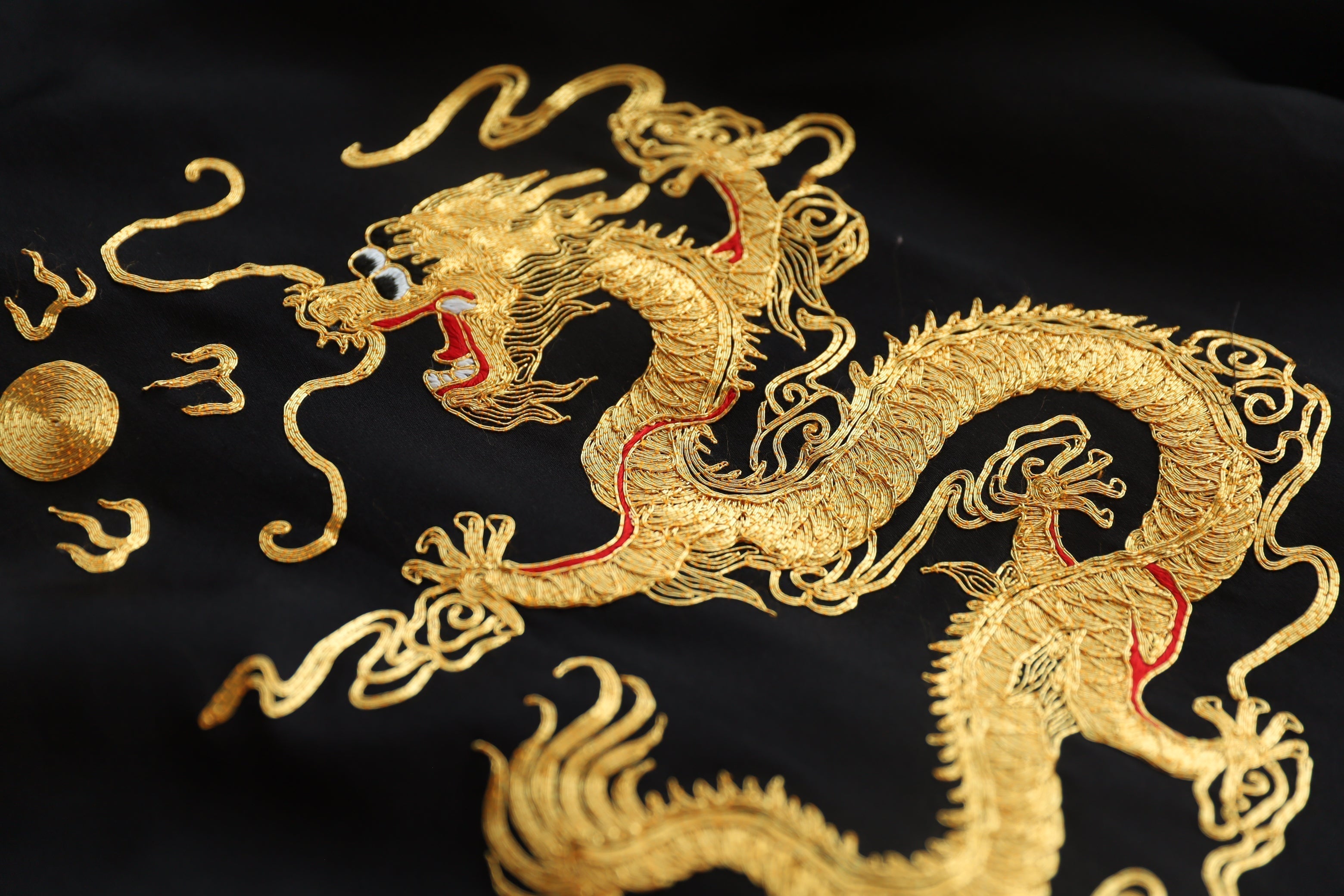
Chinese Wedding Dresses: A Guide for Brides in Wedding Season

Wedding season is here, and brides everywhere are searching for a dress that feels personal, meaningful, and timeless. For many Asian American brides, or those marrying into Chinese culture,the Chinese wedding dress is more than just attire—it’s a symbol of family, heritage, and blessings for the future. Whether you’ve heard of the Qun Kwa, Xiu He Fu, or a red wedding Qipao, each carries deep cultural meaning and continues to inspire modern brides today.
This guide walks you through everything you need to know about Chinese wedding dresses—from history and symbolism to modern trends and styling ideas.
What Makes a Chinese Wedding Dress Special?
The Chinese wedding dress is unique because it combines heritage with artistry. Each piece is made with silk and embroidery, carrying symbols of prosperity, love, and happiness. Unlike Western gowns, which are usually white, Chinese dresses are most often red—a color that represents luck and joy in Chinese culture.
The Main Types of Chinese Wedding Dresses
Qun Kwa (裙褂)
The Qun Kwa, sometimes called the King Kwa, is the most formal type of Chinese wedding dress.
-
Origin: Popular in southern China, especially Hong Kong and Guangdong.
-
Design: A two-piece jacket and skirt, often with 98–100% embroidery coverage in gold and silver threads.
-
Symbols: Dragons (strength), phoenixes (union), and peonies (prosperity).
-
When it’s worn: Typically at the tea ceremony, but also in wedding portraits.
The Qun Kwa is often framed after the wedding and kept as a family heirloom.

Xiu He Fu (秀禾服)
A Xiu He Fu is slightly more modern, inspired by Qing dynasty attire.
-
Design: A long jacket with a flared skirt, sometimes sleeveless or with ¾ sleeves.
-
Embroidery: Often less coverage (50–80%), with phoenix, lotus, and cloud motifs.
-
Style: More flexible and lightweight than the Qun Kwa, making it easier for movement.
Wedding Qipao (旗袍)
The Qipao, also called Cheongsam, is a fitted dress that highlights feminine elegance.
-
Silhouette: Slim, often ankle-length, sometimes with slits.
-
Fabric: Can be plain silk, lace, or fully embroidered.
-
Use: Brides often choose a red Qipao as a second look for their banquet or reception.
The Qipao is versatile—it can be worn again after the wedding, unlike the heavily embroidered Qun Kwa.

The Meaning Behind the Symbols
Embroidery is what makes a Chinese wedding dress powerful. Each stitch tells a story:
-
Dragon & Phoenix: The perfect union of husband and wife.
-
Peonies: Known as the “king of flowers,” they symbolize wealth and honor.
-
Lotus: Purity and harmony.
-
Pomegranates: Fertility and many children.
-
Butterflies: Love and transformation.
These motifs make each dress a wearable blessing.
Modern Trends in Chinese Wedding Dresses
Today’s brides want both tradition and individuality. Some modern trends include:
-
Mixing cultures: Pairing a Qun Kwa with a Western white gown.
-
New colors: Deep wine red, pink, and even gold are now popular.
-
Personal touches: Embroidering family initials, pets, or favorite flowers.
-
Re-wearable pieces: Choosing a Qipao or Cheongsam that can be worn again for anniversaries or formal events.


When Do Brides Wear a Chinese Wedding Dress?
Traditionally, Chinese wedding attire is worn at the tea ceremony, where the bride and groom serve tea to their parents and elders as a sign of respect.
Many brides now also wear their Chinese wedding dress at:
-
The wedding banquet
-
Engagement portraits
-
Receptions after the tea ceremony
-
Anniversary celebrations
Styling Your Chinese Wedding Dress
-
For Brides: Pair with gold jewelry such as bangles or hairpins to honor tradition.
-
For Grooms: A matching Tang suit or embroidered jacket creates a unified look.
-
For Photos: Outdoor gardens or heritage sites make perfect backdrops.

FAQs
Do I need to be Chinese to wear a Chinese wedding dress?
No. Many brides who marry into Chinese families, or those who admire the artistry, choose to wear them. It’s a way to honor culture and heritage.
How long does it take to make a Chinese wedding dress?
Depending on embroidery coverage, it can take 4 to 14 months. Hand embroidery is a time-honored craft that requires senior artisans.
What is the price range?
Prices vary depending on embroidery coverage and fabric. We don’t list prices online, but consultations explain everything clearly.
Can I wear a Chinese wedding dress and a Western gown?
Yes—many brides wear a Western white gown for the ceremony and a Chinese dress for the tea ceremony or reception.
Conclusion
A Chinese wedding dress is more than fabric—it’s a story of heritage, artistry, and love. Whether you choose a Qun Kwa, Xiu He Fu, or Qipao, each piece carries blessings that go beyond your wedding day.
This wedding season, brides are rediscovering the meaning of cultural attire—not just as fashion, but as heirlooms to pass down to future generations. Also check our matching Tang Suit collection for a complete tea ceremony look.


